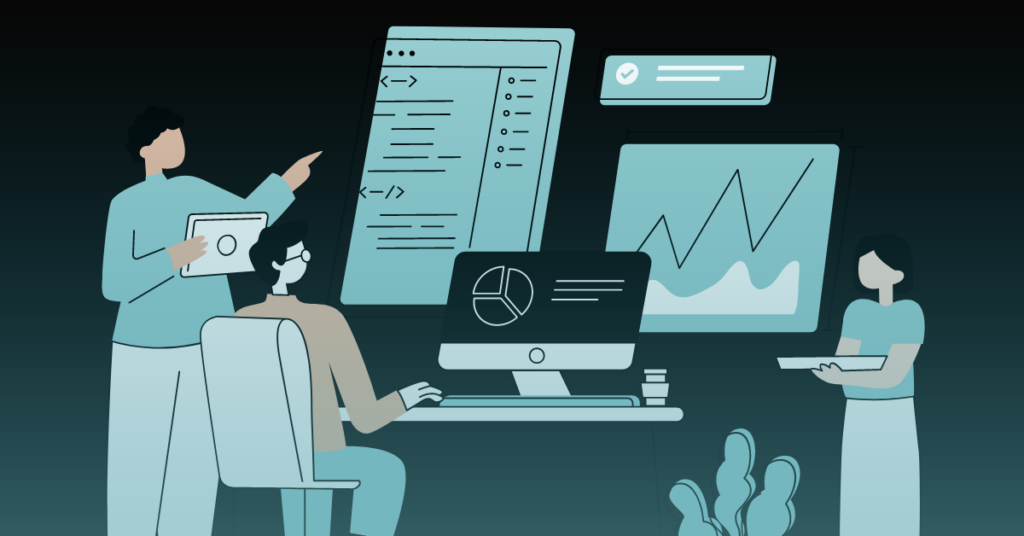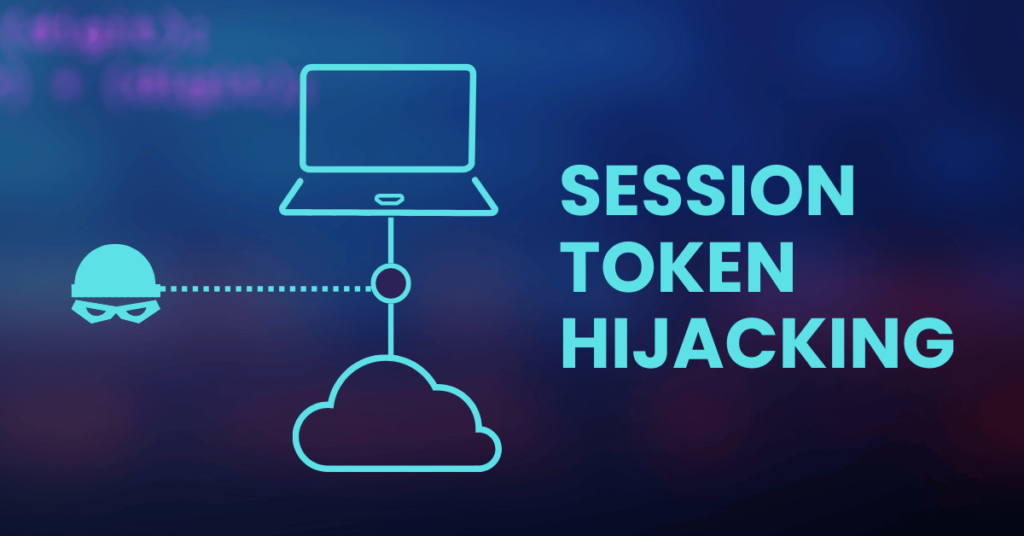SaaS Monitoring: A Quick Guide for MSPs
With reports suggesting that 85% of all business apps will be SaaS-based by 2025, MSPs need effective SaaS monitoring tools more than ever. These solutions provide deeper visibility into customers’ environments, help manage application performance issues and mitigate security risks.
Let’s explore what SaaS monitoring is and how to implement it.
What Is SaaS Monitoring?
SaaS monitoring is, at its core, the continuous tracking and analysis of cloud-based application performance, health and security. Cloud environments are inherently less predictable and contained than the static, on-site software solutions of the past. For MSPs, it means they now need to juggle the ins and outs of various new applications and workflows, which can vary wildly by client.
Let’s break down the three distinct types of SaaS monitoring an MSP can and should implement:
| SaaS Network Monitoring | SaaS Security Monitoring | SaaS Performance Monitoring |
| Assesses and optimizes the data flow and connectivity between users and cloud services to ensure efficient and uninterrupted access. | Protects data integrity and privacy by actively detecting and responding to cyber threats and vulnerabilities. | Focuses on applications’ overall health and responsiveness, including resource utilization and user experience. |
Benefits of SaaS Monitoring Solutions
SaaS monitoring solutions offer comprehensive oversight of client applications. Here are the main benefits to MSPs:
- Visibility: Track application speed, overall app health and uptime.
- Security: Protect client data more effectively with alerts when abnormal user behavior or possible breaches are detected.
- Cost efficiency: Monitoring active accounts, licenses and usage behavior facilitates stale account cleanup and saves customers money.
- User experience: By ensuring that customers’ workflows run smoothly and safely, you actively improve the end-user experience.
Learn how to build a robust MSP software stack.
How to Monitor SaaS Applications
Effectively monitoring SaaS applications involves gathering data and analyzing performance metrics and security events so you can implement proactive measures to ensure optimal performance and data protection.
Get started with these five steps:
1. Identify Key Monitoring Metrics and Establish Benchmarks
The first step is to have a clear understanding of what needs to be monitored and why. Key metrics for tracking include:
- Response Times: Measures how quickly the application responds to user requests, directly impacting user experience.
- Network Traffic Anomalies: Tracks unusual outbound or inbound traffic, which could indicate data exfiltration or an ongoing attack.
- Login Attempts (Successful and Failed): Helps detect potential unauthorized access attempts and brute force attacks.
- Access and Permission Changes: Tracks user roles and permissions changes, which could indicate internal threats or compromised accounts.
Once you define your key metrics, you need to establish baselines for their collected data. This way, you’re able to understand what can (and should) be considered “normal” behavior — and you can more easily spot and address any deviations, such as an increase in outbound data to unfamiliar IP addresses, which could indicate a security breach.
2. Collect and Analyze Data
Once MSPs have defined their key metrics and established their benchmarks, they can begin to collect and analyze data, employing various methods to ensure a comprehensive view of application security and performance. For example:
- Deploying monitoring agents
- Installing libraries in the applications
- Utilizing SaaS vendor APIs
Your monitoring solution should track user behavior patterns and geolocation anomalies, such as an unusual spike in login attempts from a location where the company has no employees.
Read our SaaS security risk assessment guide.
3. Detect, Alert and Remediate
By leveraging established baselines and collected data, MSPs can detect incidents, set cybersecurity alerts and automatically remediate issues, minimizing business impact. Elements to consider include:
- Setting up alerting rules based on predefined thresholds and dynamic anomaly detection algorithms.
- Automating remediation to immediately lock accounts and expire all sessions when a critical issue is detected
- Selecting the proper notification channels to alert relevant stakeholders when critical issues are detected.
- Implementing escalation steps to alert higher-level personnel if issues are unresolved within specified timeframes.
Discover how MSPs can reduce alert fatigue.
4. Leverage Reporting to Build Trust
Creating a regular reporting schedule helps reinforce value by keeping customers informed, secure and engaged. You can build trust by clearly communicating key metrics such as the number of incidents detected and data breaches prevented, for example, demonstrating a strong commitment to security.
5. Continuously Optimize Your Monitoring Processes
Monitoring is an ongoing process, not a one-time task. As applications increase in complexity and usage, MSPs should leverage SaaS monitoring data to plan infrastructure upgrades, enhance features to meet evolving user demands and address emerging security challenges.
Ready to Start Monitoring SaaS Apps?
With SaaS Alerts, MSPs can protect their customers’ SaaS environment while safeguarding their businesses against data theft by bad actors. Our SaaS security platform:
- Monitors for abnormal behavior, application usage and data breaches.
- Integrates with applications like Microsoft 365, Google Workspace, Slack and more.
- Unifies security alerts across all your customers’ SaaS applications into a single view.
- Creates tickets in your native PSA platform for faster responses.
- Automates the detection and remediation of compromised accounts.
- Provides comprehensive reports that demonstrate value and boost ROI.
If you’re ready to implement SaaS monitoring solutions to better secure your customers’ core SaaS business applications, get started with a 14-day free trial.






